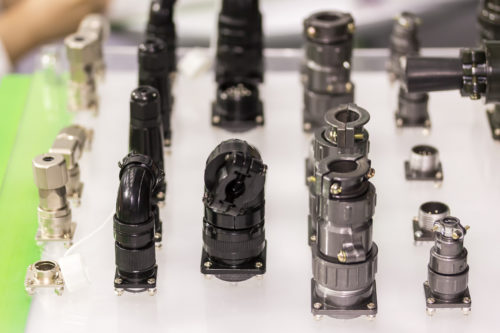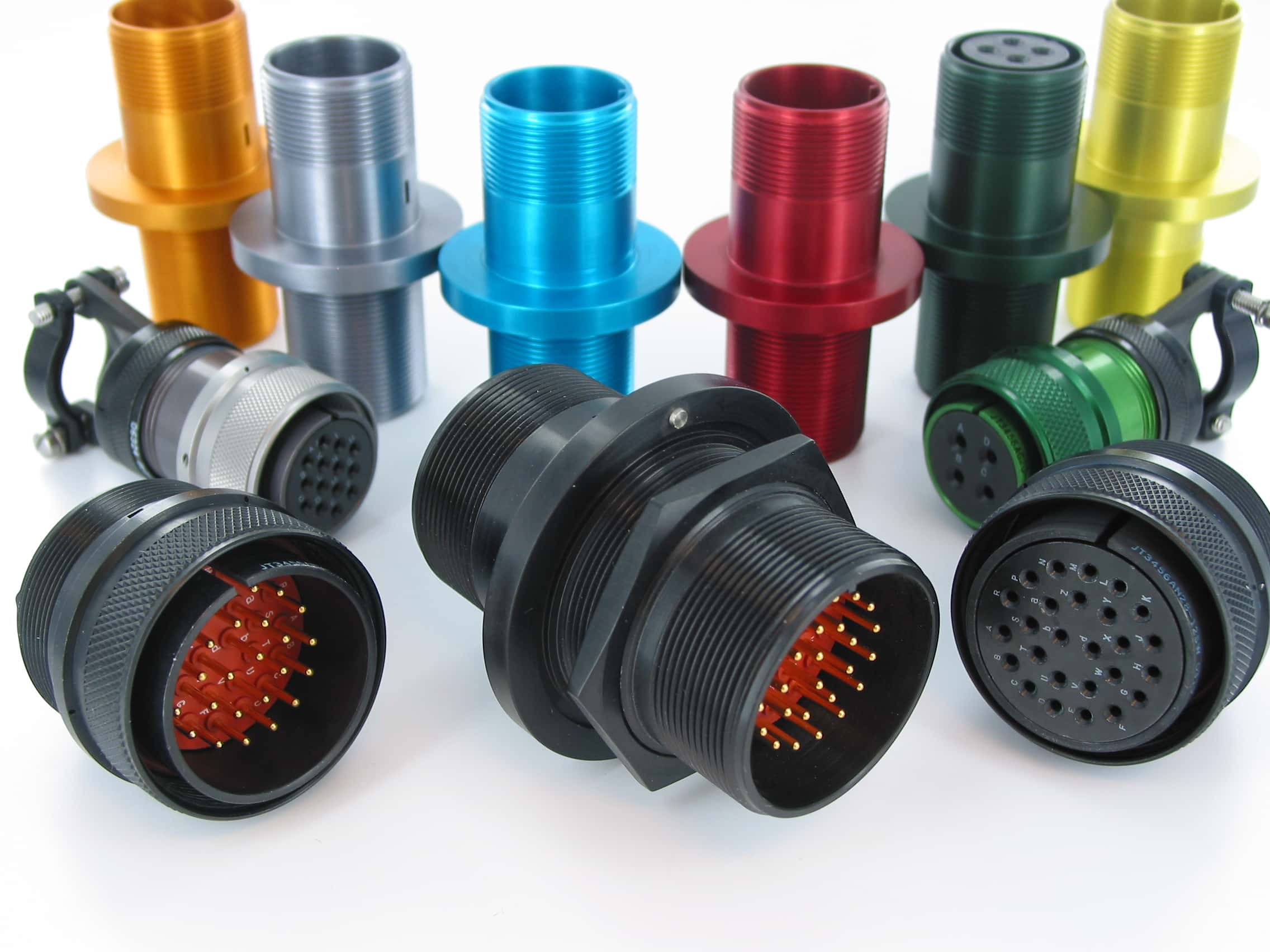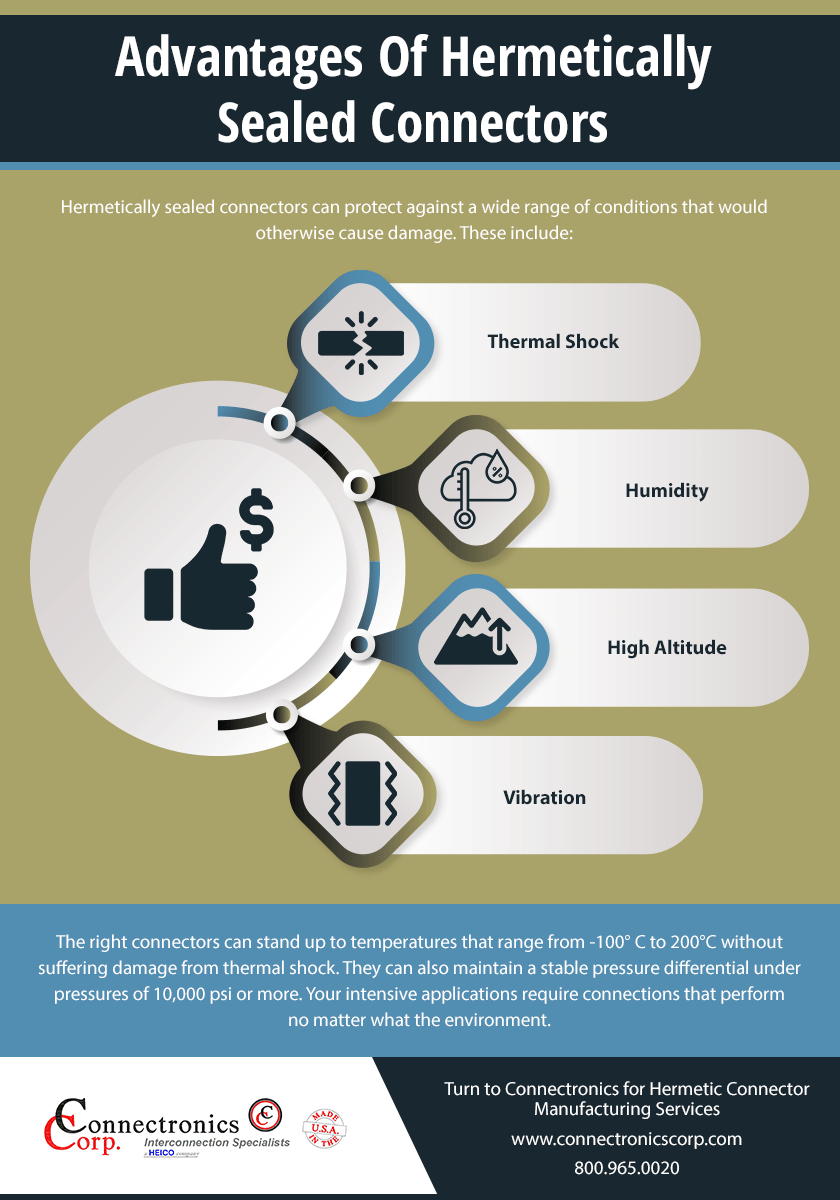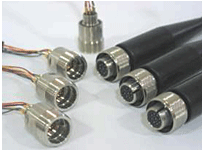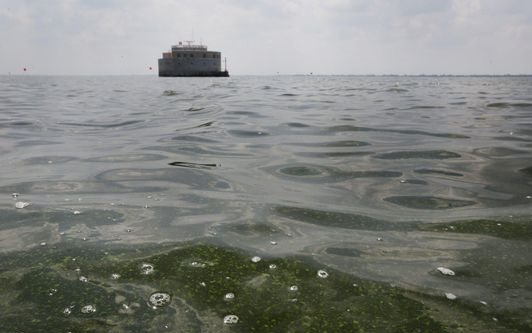The thermal range of silicone rubber insulated cables is exceptional, ranging from -90 °C to 300 °C. In addition to greater heat resistance, silicone insulated wires also demonstrate better flexibility and maneuverability in tight spaces compared to PVC insulated wires. Here you’ll find out more about different types of silicone insulated wires and their benefits for tough industrial applications.
Types of Silicone Insulated Cables
Silicone insulated cables come in many forms. Here is an overview of the most common types.
Tuffsil
- “Tuffsil” insulation with standard silver-plated conductor
- High flexibility
- High voltage: 600 VDC through 100 KVDC
- High temperature: 55 to 200 °C (250 °C intermittent)
- 24 AWG through 1 AWG conductors
UL 3239
- High flexibility
- 24 AWG through 10 AWG conductors
- Passes VW-1 flame test
- High voltage: 5 KDVC through 60 KDVC
- Corona and ozone resistant
UL 3616
- Corona and ozone resistant
- High flexibility
- Meets VW-1 flame test
- 8 AWG through 2 AWG conductors
- High voltage: 20 KVDC through 60 KVDC
Sil-KOAT
“Sil-KOAT” silicone insulation provides a jacket suitable for bonding with various potting materials and adhesives. Other highlights of this product line include:
- Ozone and corona resistant
- Small diameter
- 28 AWG through 20 AWG conductors
- High voltage: 1 KVDC through 30 KVDC
- High temperature: -55 to 200 °C
- High flexibility
- Reference: MIL-W-22759
- Nomex braid available for abrasive applications
Benefits of Silicone Insulated Wire
Silicone insulated wires offer a variety of advantages.
Flame Resistance
The composition of silicone makes silicone insulated wires the best choice for protecting circuit integrity in case of a fire. Silicone is flame-resistant, providing enough time for the fire to be put out—other types of insulation would quickly melt. Extreme flame resistance is the primary advantage of silicone insulated cables over other types of insulation.
Thermal Resistance
What makes silicone insulated wires premium cables is their versatility and thermal resistance. Silicone insulated wires resist very high and low temperatures. The silicone wire temperature rating of industrial-grade insulation can be as high as +572 °F (+300 °C) and as low as -130 °F (-90 °C). The temperature rating for general-purpose silicone rubber insulation can be as high as +392 °F (+200 °C). Silicone rubber insulated cables maintain excellent flexibility and transmission properties regardless of temperature.
Thermal Aging Resistance
An electronic cable’s transmission capacity is determined by its allowable temperature. If the insulating material operates at the allowable temperature, the cable can safely work for a long time. If the operating temperature of the cable is too high, the insulation will degrade faster and shorten the cable’s lifespan. Silicone can effectively resist any aging when exposed to high temperatures.
Chemical Resistance
Silicone rubber insulated cables have a protective coating that makes them impervious to various chemicals and substances—like gas, oil, and ozone—that would damage cables insulated with PVC. Silicone cables are extremely dependable if you work in an environment with volatile chemicals.
Chemically Inert
Silicone is a non-reactive inert polymer, so it can be used in food and beverage processing without risk of contamination. They are also better for the environment than plastics and easy to clean so that sanitation standards are met.
Fit for Outdoor Use
Silicone insulated wires are a top choice if you need a material that can withstand elements such as water and heat. Silicone insulated cables can be exposed to harsh outdoor conditions, such as on rooftops subjected to constant heat from the sun.
Compression Resistance
Even after prolonged pressure exposure, silicone insulated wires retain their original shape. If you need cables that can bounce back after being subjected to pressure, silicone cables are the optimal solution.
Choose Connectronics for Quality Silicone Insulated Wires
Connectronics provides customers with reliable, high-quality connector products. We design and manufacture silicone insulated wires for various industrial applications, including those in the aerospace, medical, oil exploration, nuclear, and stage lighting industries. Contact us or request a quote today to see how our silicone insulated cables can support your needs. For more information you may also contact our sister company Wiremax at www.wiremax.com.






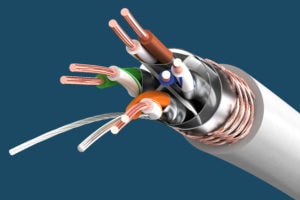 Cable jackets surround cables and wires in an assembly, protecting them from chemicals, moisture, flames, and physical impact. The damage-resistant material can be constructed from either thermoplastic materials—which melt at high temperatures and reform when cooled—or thermoset materials, which retain a set form even when heated.
Cable jackets surround cables and wires in an assembly, protecting them from chemicals, moisture, flames, and physical impact. The damage-resistant material can be constructed from either thermoplastic materials—which melt at high temperatures and reform when cooled—or thermoset materials, which retain a set form even when heated.